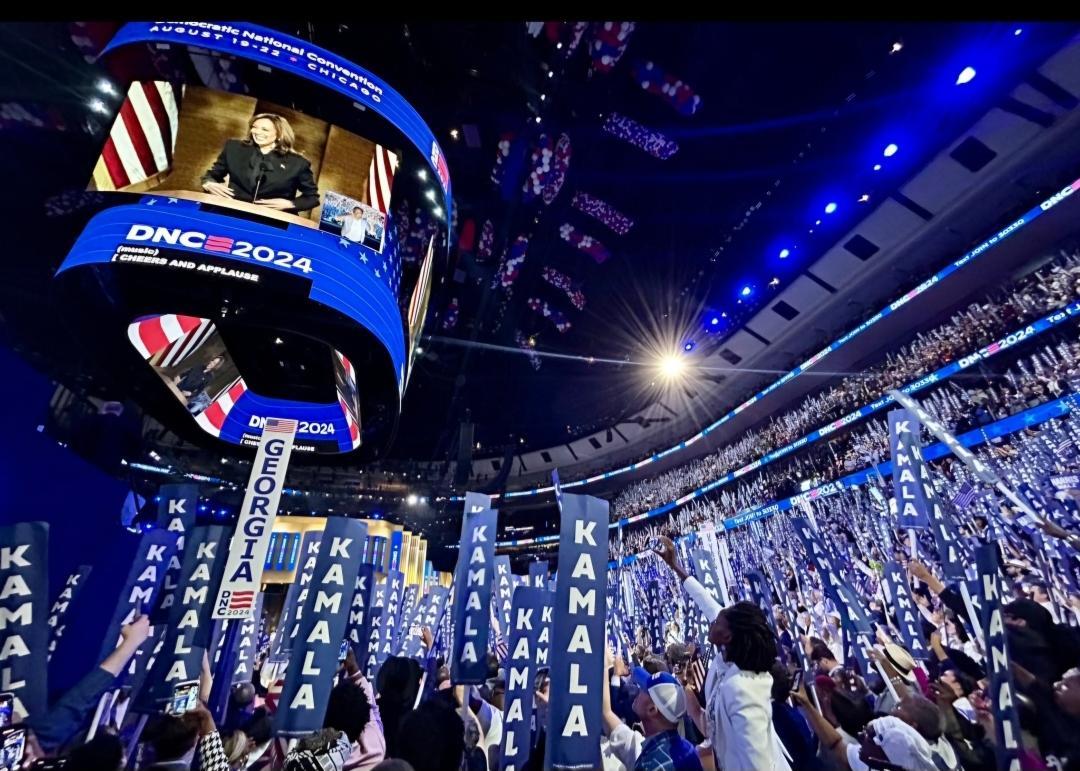
Source: Dan Shafer
Harris leads, Walz shines, Senate race tightens: Takeaways from the new Marquette poll
Plus, a theme throughout: The gender gap is wide in Wisconsin politics, with men supporting Republicans and women supporting Democrats.
By
Loading...
Want More Local News?
Civic Media
Civic Media Inc.
The Civic Media App
Put us in your pocket.
